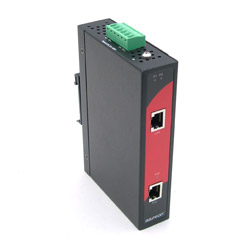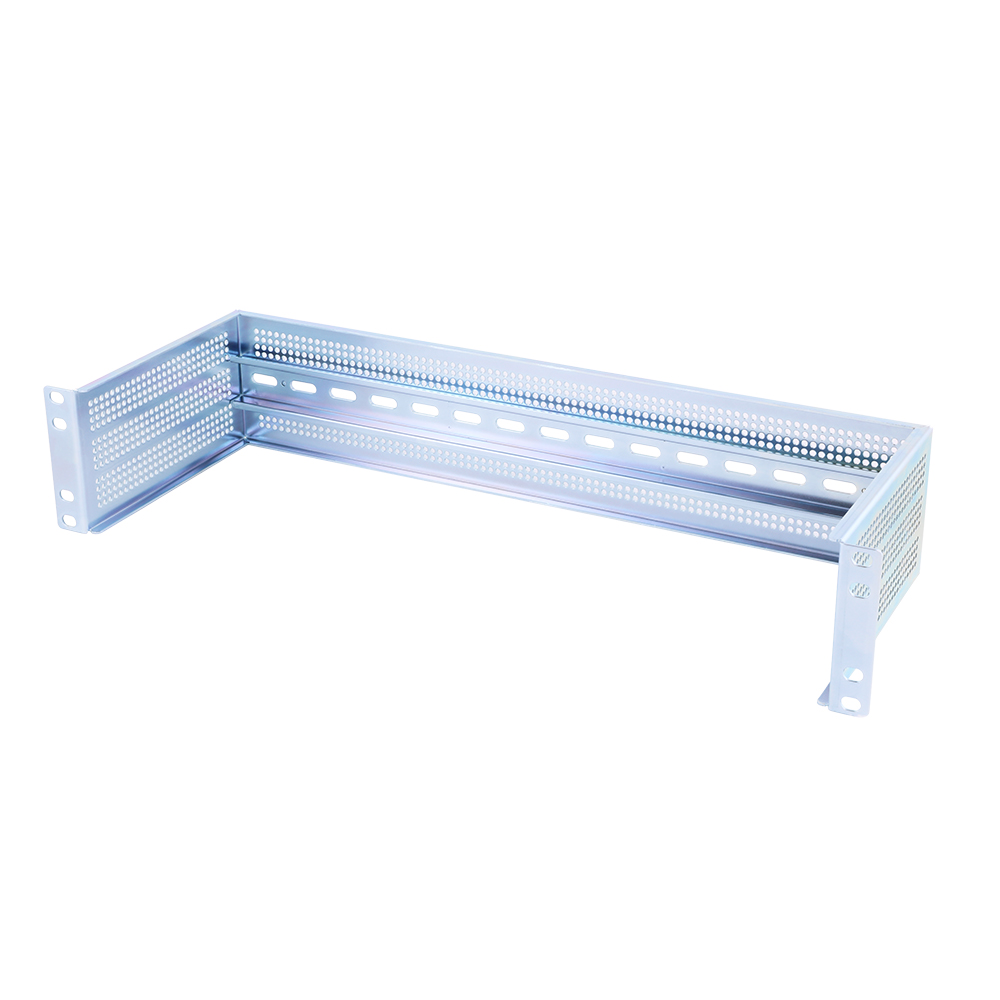|
|
LNP-201AG-T
Industrial IEEE 802.3at Gigabit PoE Injector, EOT (-40°C ~ 75°C)
Overview of the Antaira LNP-201AG-T Industrial PoE Injector, Gigabit
Industrial Gigabit PoE and PoE+ Injector | Antaira
$280.00
44
Request Information
To request more information regarding our products, please fill out the following online form and a customer service
representative will contact you immediately. Fields marked (*) are required. Thank you.
Overview
Industrial Gigabit IEEE 802.3at PoE/PoE+ Injector
(Extended Operating Temperature)
Features
- 10/100/1000 PoE Injector
- IEEE 802.3af/at compliant
- Provides up to 30 watts on PoE port
- Provide data and power over Ethernet to Power Device
- Allow Power Input 24/48 VDC
- Wide Operating Temperature
- DIN-Rail or Wall Mountable
- IP30 Protection
- 5-Year Warranty
Accessories
|
Antaira's Power over Ethernet (PoE) injectors are recommended as a valuable tool for customers who require remote powering of
PoE devices, such as security cameras, wireless access points, and other network-connected devices. These injectors deliver power and data to these devices through a single Ethernet cable, simplifying installation and reducing cable clutter, making it an ideal solution for industrial applications.
Antaira's PoE injectors are built with high-quality components and designed to meet the most demanding industrial standards, making them suitable for use in harsh environments. The injectors come in various configurations, including single-port, multi-port, and managed options, to cater to different industrial needs. With their compact size, rugged design, and versatile mounting options, Antaira's PoE injectors offer the flexibility and scalability necessary for various industrial applications. Overall, Antaira's PoE injectors are a reliable and efficient solution for powering PoE devices in industrial settings.
|
|
|
|
|
|
|













